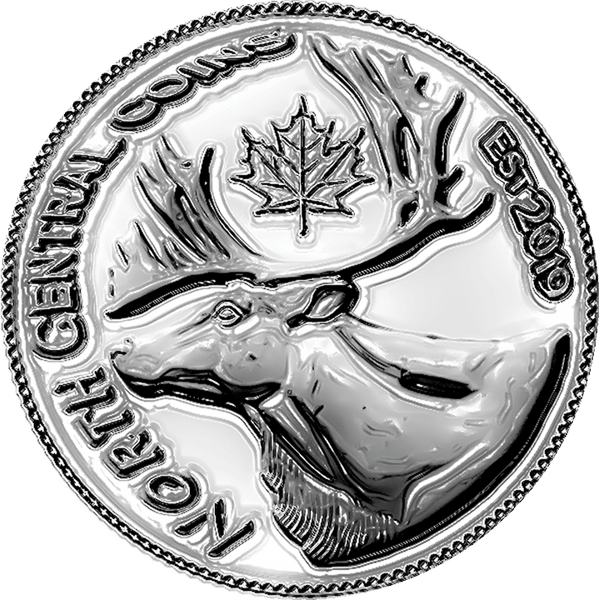Introduction: Amidst the chaos of World War II, Canada faced a shortage of nickel, crucial for war materials. This scarcity led to the temporary cessation of nickel usage in the minting of five-cent coins. What followed was a fascinating chapter in Canadian numismatic history, marked by innovative materials, patriotic designs, and the spirit of victory.
Tombac: The Yellow Coin of Resilience (1942 and 1943) In 1942, the Royal Canadian Mint turned to tombac, an alloy of copper and zinc, as a substitute for nickel. These new yellow five-cent pieces, distinguishable by their dodecagonal shape, symbolized Canada's resilience during wartime. The reverse design, featuring a large "V" for victory and a Morse code message, embodied the nation's determination and unity.
The Masterful Engraving of Thomas Shingles The tombac coins bore a special design created by engraver Thomas Shingles, marking the first time a Canadian coin was entirely designed, engraved, and struck domestically. Shingles meticulously hand-cut the master matrix, a historic artifact now housed in the National Currency Collection in Ottawa.
The Chromium-Plated Steel Era (1944 and 1945) In 1944 and 1945, the Canadian Mint shifted to chromium-plated steel for five-cent coins, due to the scarcity of tombac. Most coins were chrome plated, while a few remained uncoated, distinguishable by their duller appearance. Despite their wartime origins, some chromium-plated coins lost their plating over time, creating a unique variety.
The Rarity of the 1944 Nickel Tombac Coin One of the most coveted pieces from this era is the 1944 Nickel Tombac coin. With only one known specimen certified by PCGS, it fetched a staggering $52,000 at auction in 1999. Despite being offered for sale in 2018, it remained unsold, a testament to its rarity and historical significance.
Legacy and Specifications The coins from this period, whether tombac or steel, hold a special place in Canadian numismatic history. They serve as tangible reminders of Canada's contributions and sacrifices during World War II. Here are the specifications for each alloy used during this time:
- 1942 Nickel: 100% nickel, 4.54 grams, 21.21 mm diameter
- 1942 and 1943 Tombac: 88% copper, 12% zinc, 4.54 grams, 21.3 mm diameter
- 1944 and 1945 Steel: Steel coated with nickel and chrome, 4.54 grams, 21.3 mm diameter
Conclusion: The Canadian 5 cents coins from 1942 to 1945 stand as enduring symbols of resilience and victory during one of the most tumultuous periods in history. From the innovative use of tombac to the striking designs by Thomas Shingles, each coin tells a story of perseverance and patriotism. As collectors and enthusiasts continue to cherish these coins, they honor the legacy of those who lived through the trials of World War II.

